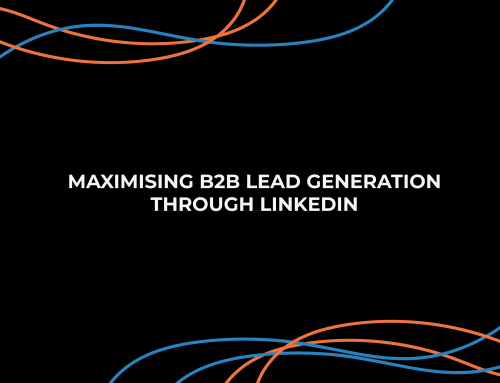With over 830 million users and 55 million registered companies, LinkedIn is a proverbial gold mine for prospecting.
And as the only professional social media platform, people who use LinkedIn do so to build their network and nurture professional relationships.
This makes it the perfect setting for sales professionals to send out connection requests or InMail messages to prospects you are unfamiliar with.
As the old saying goes, just because you can doesn’t mean you should. While you can connect with people you don’t know doesn’t mean that you should reach out to hundreds of people at once.
LinkedIn is the perfect platform for prospecting as it helps you:
- Gather potential prospect information like education history, previous employment, and contact details
- Communicate directly with an extensive audience
- Analyse a competitor’s customer base and prospecting strategy
With the sheer number of members, prospecting on LinkedIn may seem overwhelming, but generating leads on LinkedIn is not as complicated as you may think once you know where and how to look. You can use the following strategies to discover new prospects using LinkedIn.
1. Leverage the Power of LinkedIn Search
While LinkedIn may be a social media platform, it also has a powerful built-in search engine that allows you to zero in on promising businesses and individuals. You can quickly find prospects who are the right fit for your business.
After performing a search, you can filter the results based on:
- Connections
- Location
- Education
- Current company
- Previous employment
- Industry
- Service
Filtering helps you find qualified prospects (i.e. your ideal customer profile and buyer persona) who are more likely to convert, letting you focus your efforts on them.
2. Study the “People Also Viewed” sidebar.
Wouldn’t it be fantastic if you could just clone your best customers? Well, it turns out, in a way, you can with the “People Also Viewed” sidebar.
This column on the right side of a LinkedIn profile you are viewing comprises people with similar traits to the prospect you are viewing – people who are likely to fit your buyer personas.
It could not be simpler; simply visit the LinkedIn profile of one of your best customers, and you will see a column to the right. The “People Also Viewed” box shows people with similar traits to the prospect you are viewing – people who are likely to fit your buyer personas.
Well done, you have just magically turned one prospect into several.
3. Sift Through Competitor Networks
You can also find quality prospects by sifting through the LinkedIn network of representatives from a competitor’s company. A competitor’s sales representative might be connected with people who nicely fit your ideal customer profile. Besides, selling your service to a competitor’s customer is much easier than identifying people who are entirely unfamiliar with your field of expertise.
If you can convince a prospect that your solution is better than your competitors, not only have you gotten yourself a new customer and potentially poached one away from your competition.
It is worth noting that while this approach can be effective, it will not work if your competitor has hidden their connections on their LinkedIn profile.
4. Check out who’s commented on your prospects’ posts.
Don’t gloss over the comments underneath your connections’ posts when browsing your feed or notifications. Many of the people interacting with your customers will be potential good fits for your business – and they are clearly active on LinkedIn, which is a bonus.
What’s more, their comments are the perfect starting-off point for an InMail campaign that gets results. Praise their insights and offer your perspective, perhaps share a relevant article they may find interesting, or ask if they have considered a specific piece of information.
Make sure you mention their first name at the start and close out the InMail with their first name – you want it to be personal. Don’t try to sell your product or services straight away or try too hard to impress the person. Your goal is to pique their interest.
5. Use a boolean Google search.
Granted, this isn’t a LinkedIn tip per se, but by leveraging Google’s Boolean search capabilities, you can find prospect profiles on LinkedIn.
So, the next time you’re searching for prospects on Google, consider using Boolean search operators, such as quotation marks, OR, AND, or NOT.
A quick explanation of each:
- Quotation marks: Will surface results containing that precise phrase.
- OR: Will surface results that contain either search term A or search term B.
- AND: Will surface results that contain both search term A and search term B.
- NOT: Will surface results that contain only search term A and omit search term B.
Simply, pop in “site:linkedin.com/in” at the beginning of your search, and prospect away.
Final thoughts
Linkedin can be a powerful prospecting tool, but only when used correctly.
To summarise:
- Use LinkedIn’s advanced search capabilities.
- Study the “People You May Know” section.
- Complete competitor research.
- Read through comments on your prospect’s posts.
- Use boolean Google search.
Now that you know how to prospect using LinkedIn, it shouldn’t be such a daunting prospect.




